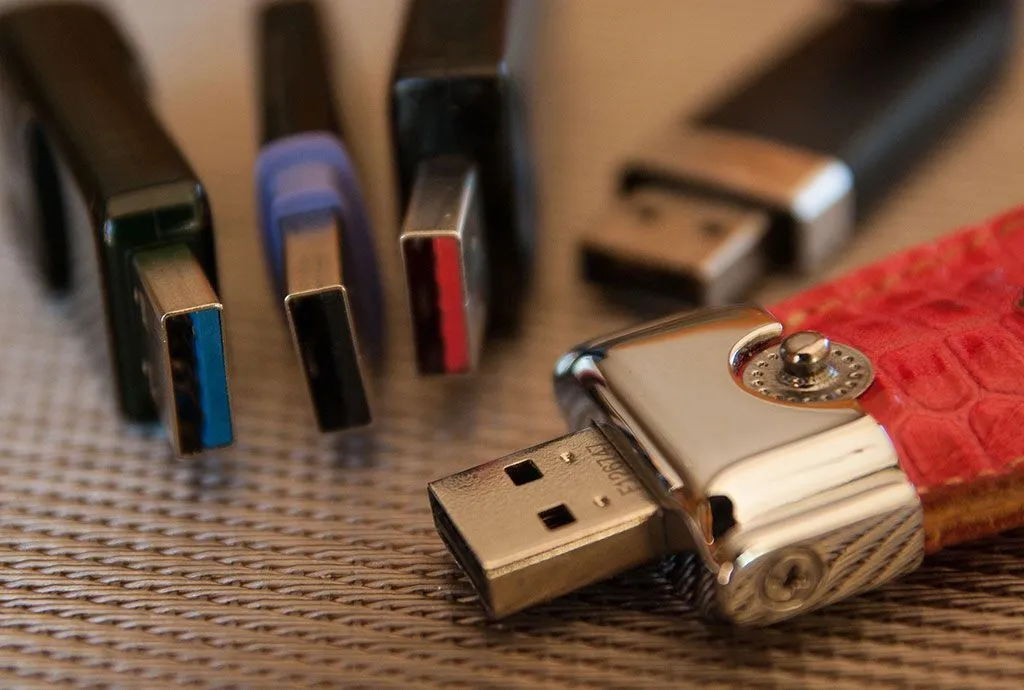USB inventor explains why the connector was not designed to be reversible
USB inventor explains why the connector was not designed to be reversible

www.pcgamer.com
USB inventor explains why the connector was not designed to be reversible

USB inventor explains why the connector was not designed to be reversible

USB inventor explains why the connector was not designed to be reversible
